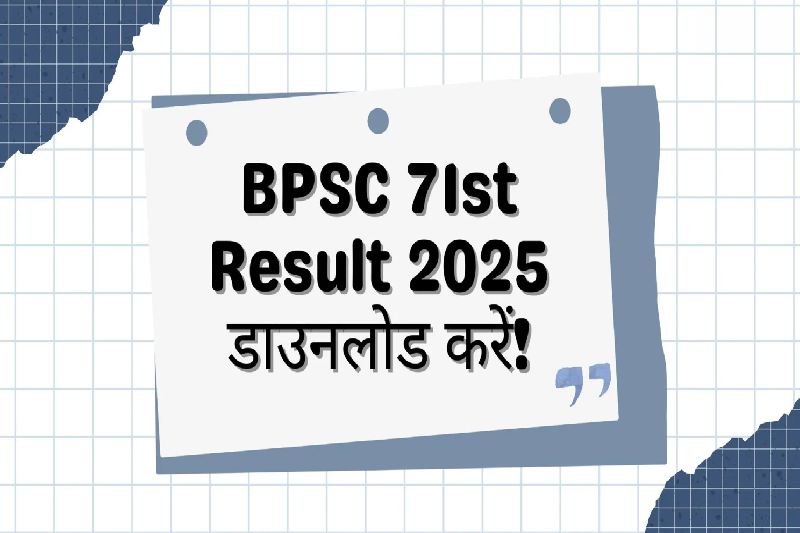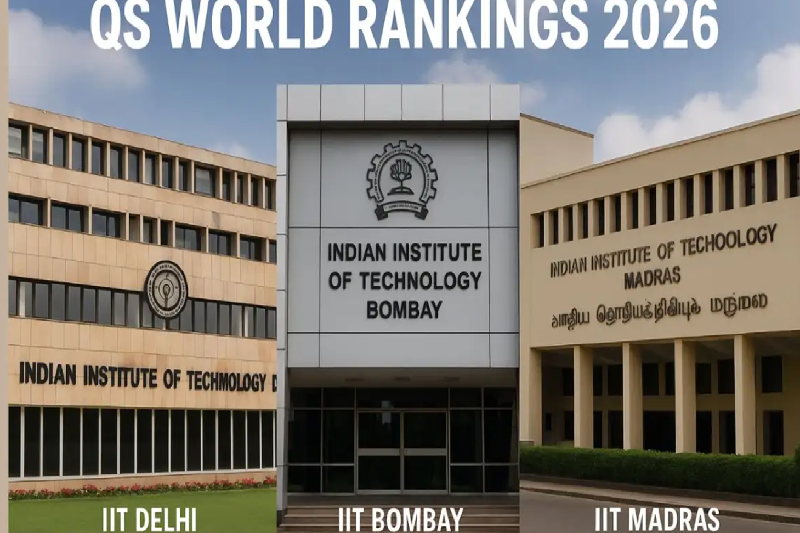
School Enrolment in India Declines for Third Consecutive Year: UDISE+ Data Highlights Falling Birth Rates
The Education Ministry’s latest UDISE+ report for 2024-25 has revealed a concerning trend in India’s school education system — total enrolment has dropped for the third year in a row, with officials pointing to falling birth rates and demographic shifts as key reasons. While enrolment in private schools continues to rise, government and government-aided schools are witnessing a steady decline, marking a change in the country’s educational landscape.
Steady Decline in Total Enrolment
According to the report, the total school enrolment for 2024-25 stands at 24.69 crore, a drop from 24.80 crore in 2023-24 and 25.18 crore in 2022-23. This year’s decline amounts to 11.13 lakh students, or roughly 0.5% compared to last year.
This is the third consecutive year of decline since the 2022-23 academic year, when schools reopened after the pandemic. That year, enrollment dropped by over a crore compared to the average of the four years before the pandemic. Initially, officials attributed the sharp fall to a change in data collection methodology. Unlike earlier, when aggregate school-level data was recorded, UDISE+ now compiles individual student records, eliminating duplicate entries.
Government vs Private Schools: A Sharp Contrast
The data reveals a clear divide between government-run schools and private institutions.
- Government school enrolment has fallen sharply from 13.62 crore in 2022-23 to 12.75 crore in 2023-24 and 12.16 crore in 2024-25.
- In contrast, private school enrolment has consistently risen — from 8.42 crore in 2022-23 to 9 crore in 2023-24, and up to 9.59 crore in 2024-25.
Private schools now account for 39% of total enrolments, the highest figure since 2018-19, when the share ranged between 33% and 37%. This shift suggests that more parents opt for private education despite higher costs, reflecting concerns about quality, infrastructure, and opportunities in government schools.
Changing School Landscape
The latest data also highlights a change in the number of institutions:
- Government schools dropped from 10.18 lakh in 2023-24 to 10.13 lakh in 2024-25.
- Private schools saw a significant rise, increasing from 3.31 lakh in 2023-24 to 3.79 lakh in 2024-25.
This growth in private institutions, coupled with declining enrolment in public schools, underscores parents' changing preferences and the growing dominance of private education.
Decline Concentrated in Primary Classes
Fall enrollment is concentrated mainly in primary classes (Classes 1 to 5). At other levels — pre-primary, upper primary (6-8), secondary (9-10), and higher secondary (11-12) — enrolments have either remained stable or shown marginal increases.
This trend signals a shrinking primary school-going population, possibly linked to falling birth rates. A senior Education Ministry official noted that only a fresh Census could confirm whether demographic shifts are the primary reason for the decline.
Dropout Rates Show Encouraging Improvement
One positive takeaway from the UDISE+ 2024-25 data is the decline in dropout rates, particularly at the secondary level, where the problem has traditionally been acute.
- The secondary-level dropout rate has fallen significantly from 13.8% in 2022-23 to 8.2% in 2024-25.
This improvement suggests that efforts to retain students in higher classes — through policy interventions, scholarships, and community awareness — may yield results.
Gross Enrolment Ratio (GER) Trends
The Gross Enrolment Ratio (GER) — which compares enrolment at a given education level with the appropriate age-group population — presents a mixed picture:
- Foundational stage (pre-primary to Class 2): GER remained steady at 41.4% in 2024-25, nearly the same as 41.5% in 2023-24.
- Preparatory stage (Classes 3-5): GER fell marginally to 95.4% in 2024-25 from 96.5% the previous year.
- Middle and Secondary levels (Classes 6-12): GER has increased compared to 2023-24.
However, officials caution that GER figures are based on population projections from the 2011 Census, and only a new Census can provide updated benchmarks for accuracy.
Gender Trends in Enrolment
The report also sheds light on gender-wise enrolment patterns:
- Boys’ enrolment fell from 12.87 crore in 2023-24 to 12.76 crore in 2024-25.
- Girls’ enrolment showed a marginal increase — from 11,93,01,237 in 2023-24 to 11,93,34,162 in 2024-25.
While the increase in girls’ enrolment is modest, it reflects continued progress towards bridging the gender gap in education.
Key Takeaways
The UDISE+ 2024-25 data paints a nuanced picture of India’s school education system:
- Overall enrolment has fallen for the third year, now at 24.69 crore students.
- Government schools are losing students, while private schools are gaining ground, with enrolments reaching 39%.
- The decline affects Primary classes most, pointing to demographic shifts and lower birth rates.
- Dropout rates are improving, particularly at the secondary level.
- GER remains stable or shows improvements at most levels, though figures depend on outdated Census estimates.
- Girls’ enrolment has increased, while boys’ enrolment has declined slightly.
Conclusion
India’s school enrolment landscape is undergoing a quiet but significant transformation. While the student population is shrinking due to demographic changes, the shift towards private education is becoming more pronounced. The declining enrolment in government schools raises questions about the need for quality improvements, infrastructure upgrades, and renewed public trust in the public education system.
At the same time, the decline in dropout rates and the gradual rise in girls’ enrolment are positive signs, suggesting that targeted interventions and awareness campaigns are working.
Ultimately, the findings underscore the urgency of conducting a new Census to provide accurate population and enrolment data — a critical step for designing effective education policies in the coming decade.



